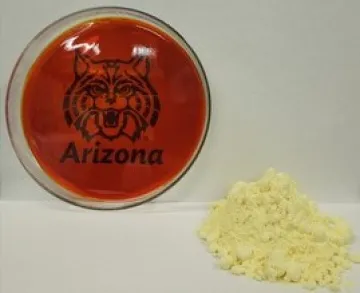
New plastic from sulfur
Objective
Professor Pyun calculates that for every 19 gallons of gasoline produced, it leaves half a pound (230 grams) of sulfur as a waste product. Of the 60 million tons of sulfur produced ever year, 7 million tons are surplus to requirements. How can "the garbage of transportation" (as he terms the waste sulfur) be used to make a new kind of lithium-sulfur (Li-S) battery. The new approach is to use liquid sulfur to make a moldable polymer, a use for which sulfur isn't ordinarily suited due to its unwillingness to form polymer chains.
By the creation of sulfur-based plastics with enhanced conductivity, he will eliminate the need for conductive carbon fillers in these devices and create Li-S batteries with 200-300% greater volumetric energy density. This advance will afford high energy density Li-S batteries that are both lightweight and more compact. This process utilizes inexpensive starting materials and can be synthesized in two synthetic steps, which are attractive features crucial for commercialization by the chemical industry.
News
Better Batteries from Waste Sulphur
UA Researchers are Creating Better Thermal-Imaging Lens from Waste Sulphur
Research Lead
Dr. Jeffrey Pyun
Associate Professor, Department of Chemistry at the University of Arizona
